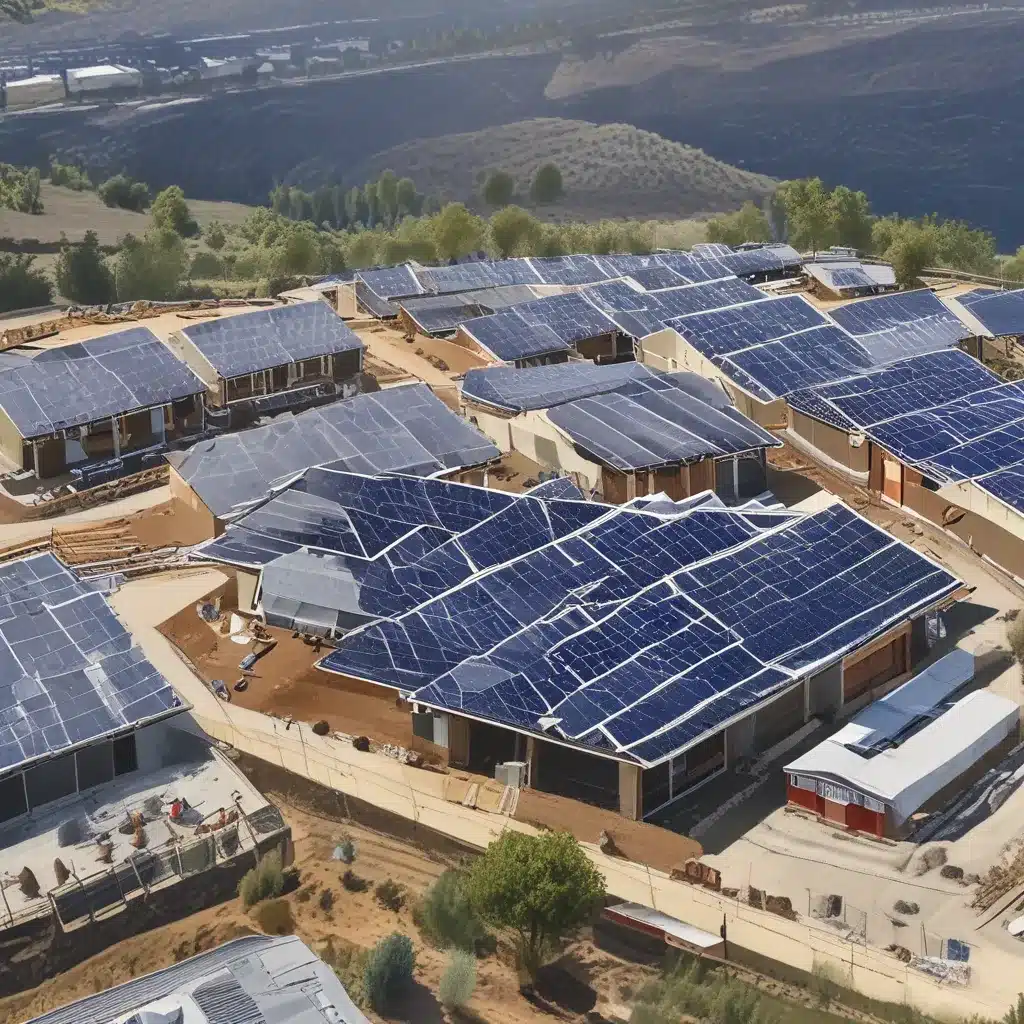
The Lure of “Free” Solar Panels
You’ve probably seen the ads – “Free Solar Panels!” “Government-Funded Solar for Your Home!” It sounds almost too good to be true. Who wouldn’t want to harness the power of the sun without any upfront costs? As tempting as these offers may seem, the reality is often far from free.
I’ll admit, when I first started looking into going solar, those “no money down” deals caught my eye. After all, as a homeowner, I’m always on the hunt for ways to save money and reduce my carbon footprint. But as I dug deeper, I realized that the true costs of these “free” solar installations can add up quickly, often costing you more in the long run.
The Catch with “Free” Solar
The thing is, there’s no such thing as a free lunch – or free solar panels, for that matter. When companies advertise “free solar,” they’re typically referring to solar leases or power purchase agreements (PPAs). In these arrangements, the solar company owns and maintains the system on your roof, and you agree to pay them a monthly fee for the electricity it generates.
On the surface, this may sound like a good deal. You get to go solar without any upfront costs, and the solar company takes care of the installation and maintenance. But the fine print tells a different story. According to EnergySage, these solar leases and PPAs often mean you end up paying more for your electricity over the long term, and you miss out on valuable incentives like the federal solar tax credit.
Crunching the Numbers
Let’s take a closer look at the numbers. Say you’re considering an 8 kW solar system for your home. Under a solar lease or PPA, you might save around $70 per month on your electricity bill. Sounds great, right? But over the 25-year lifespan of the system, you’d end up paying the solar company around $54,000.
Now, compare that to a solar loan. With a 0% down loan, your monthly payments might be $115, but you’d end up saving around $250 per month on your electricity bill. That means you’d pocket $135 every month, and you’d own the system outright after about 15 years. Over the 25-year lifetime of the panels, your net savings could be as high as $40,000 – a far cry from the $54,000 you’d pay with a lease or PPA.
The Benefits of Ownership
When you own your solar system, either through a cash purchase or a solar loan, you reap all the financial benefits. You get to claim the federal solar tax credit, which can reduce your upfront costs by 30%. You also earn any available state or local solar incentives, like solar renewable energy credits (SRECs). And when you eventually sell your home, studies have shown that solar panels can increase its value by thousands of dollars.
With a solar lease or PPA, on the other hand, the solar company gets to claim all those incentives and benefits. You’re essentially just renting the panels, which means you miss out on a significant portion of the long-term savings.
The Importance of Incentives
Speaking of incentives, they play a huge role in making solar more affordable for homeowners. The federal solar tax credit, for example, allows you to deduct 30% of the cost of your solar installation from your federal income taxes. And many states and local governments offer additional rebates, tax credits, and other incentives to encourage solar adoption.
According to MarketWatch, these incentives can be stacked, leading to significant savings. For instance, in New York, homeowners can claim a 25% state tax credit on top of the federal 30% credit. That’s a total of 55% off the cost of your solar system!
But with a solar lease or PPA, you don’t get to take advantage of these incentives – the solar company does. So, while you may not have to pay anything upfront, you’re missing out on thousands of dollars in potential savings over the life of the system.
The Future of Solar Financing
The good news is that there are more ways than ever to go solar without breaking the bank. In addition to solar loans, which offer the best long-term value, some solar companies now offer innovative financing models that combine the benefits of ownership with little to no upfront cost.
For example, Solar A Systems has a program that allows you to pay for your solar installation over time through your utility bill savings. This means you can start saving money on your electricity from day one, without the burden of a traditional loan or lease.
Conclusion: The True Cost of “Free” Solar
At the end of the day, there’s no such thing as a free lunch – or free solar panels. While “no money down” solar deals may seem appealing, the long-term costs can often outweigh the benefits. By taking the time to understand the different financing options and incentives available, you can find a solar solution that works best for your budget and your clean energy goals.
So, don’t be lured in by the promise of “free” solar. Instead, do your research, crunch the numbers, and explore the various paths to solar ownership. Your wallet (and the planet) will thank you in the long run.


